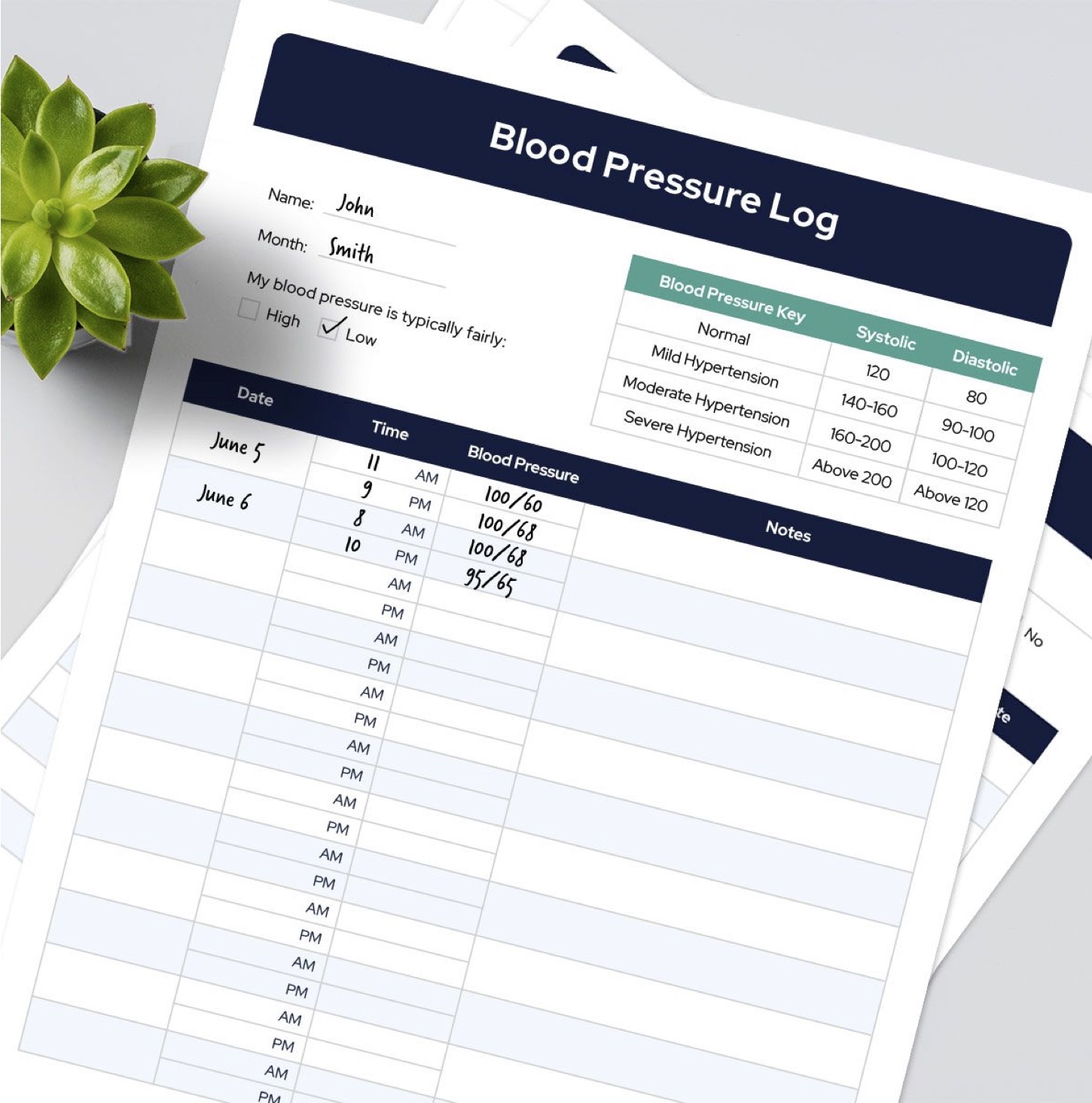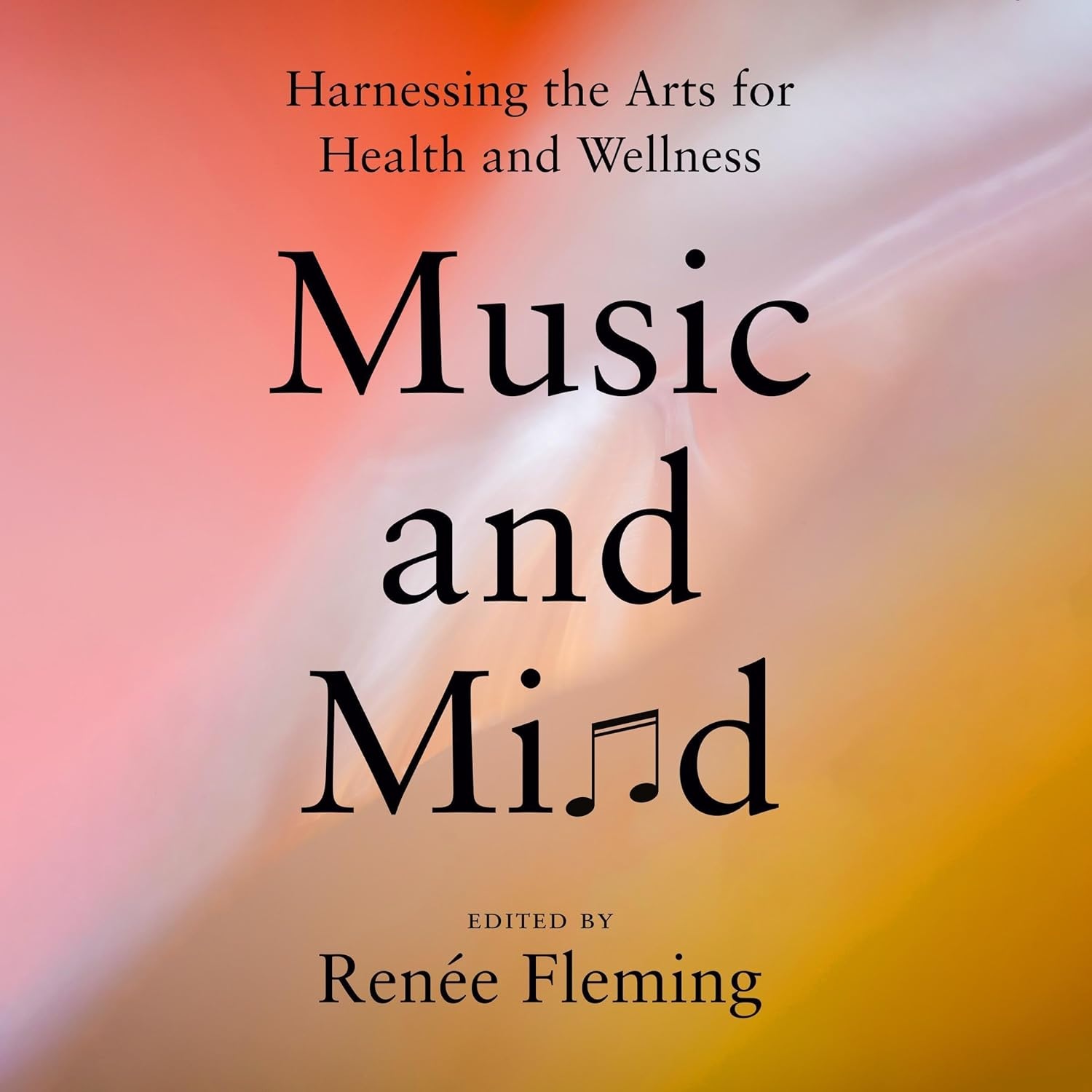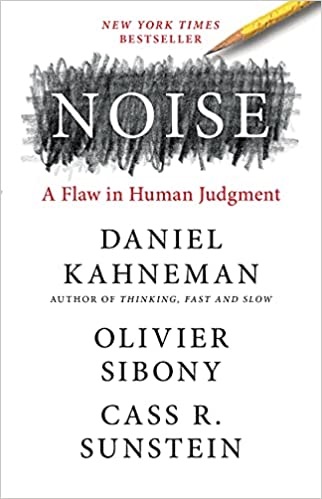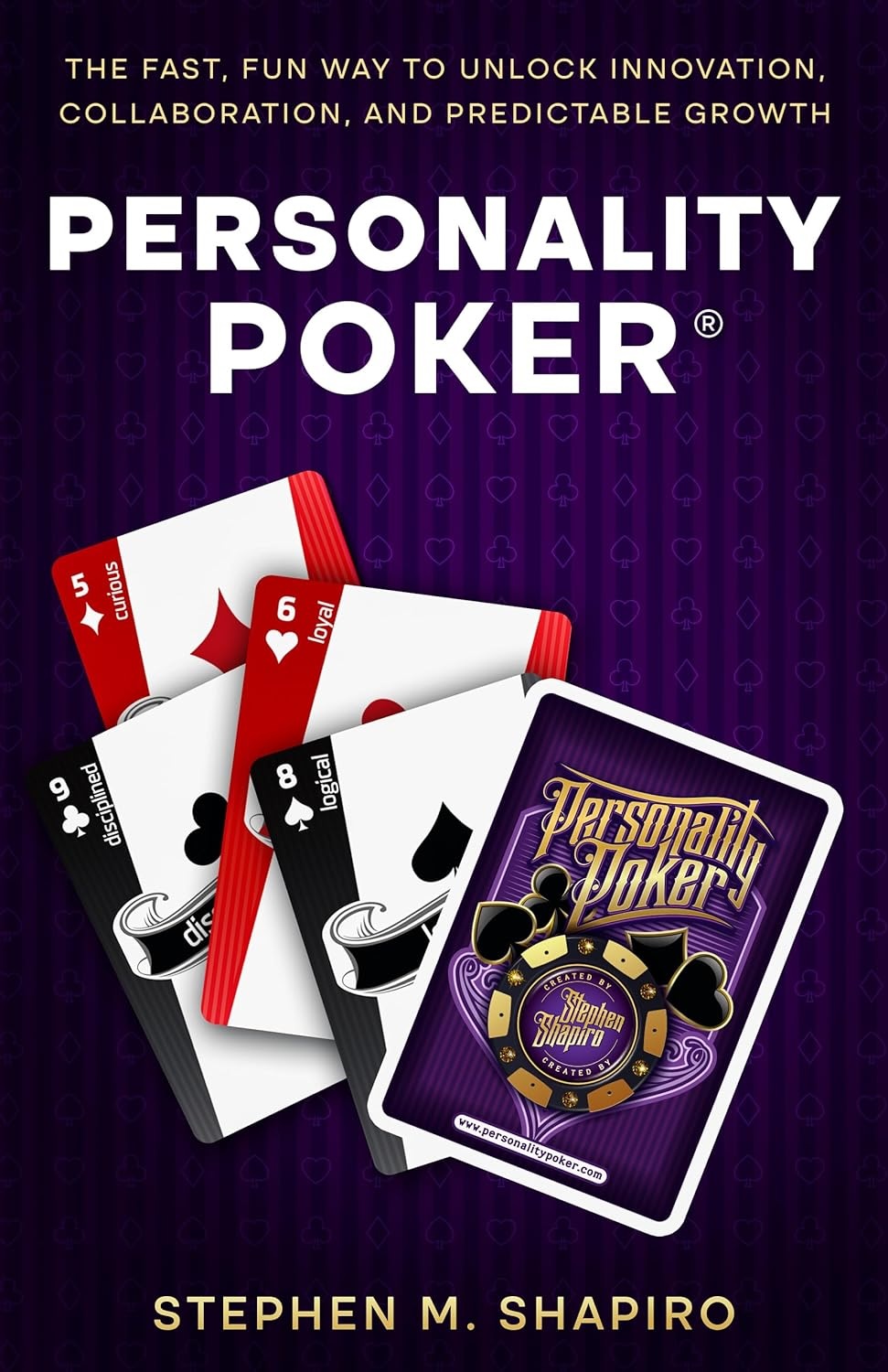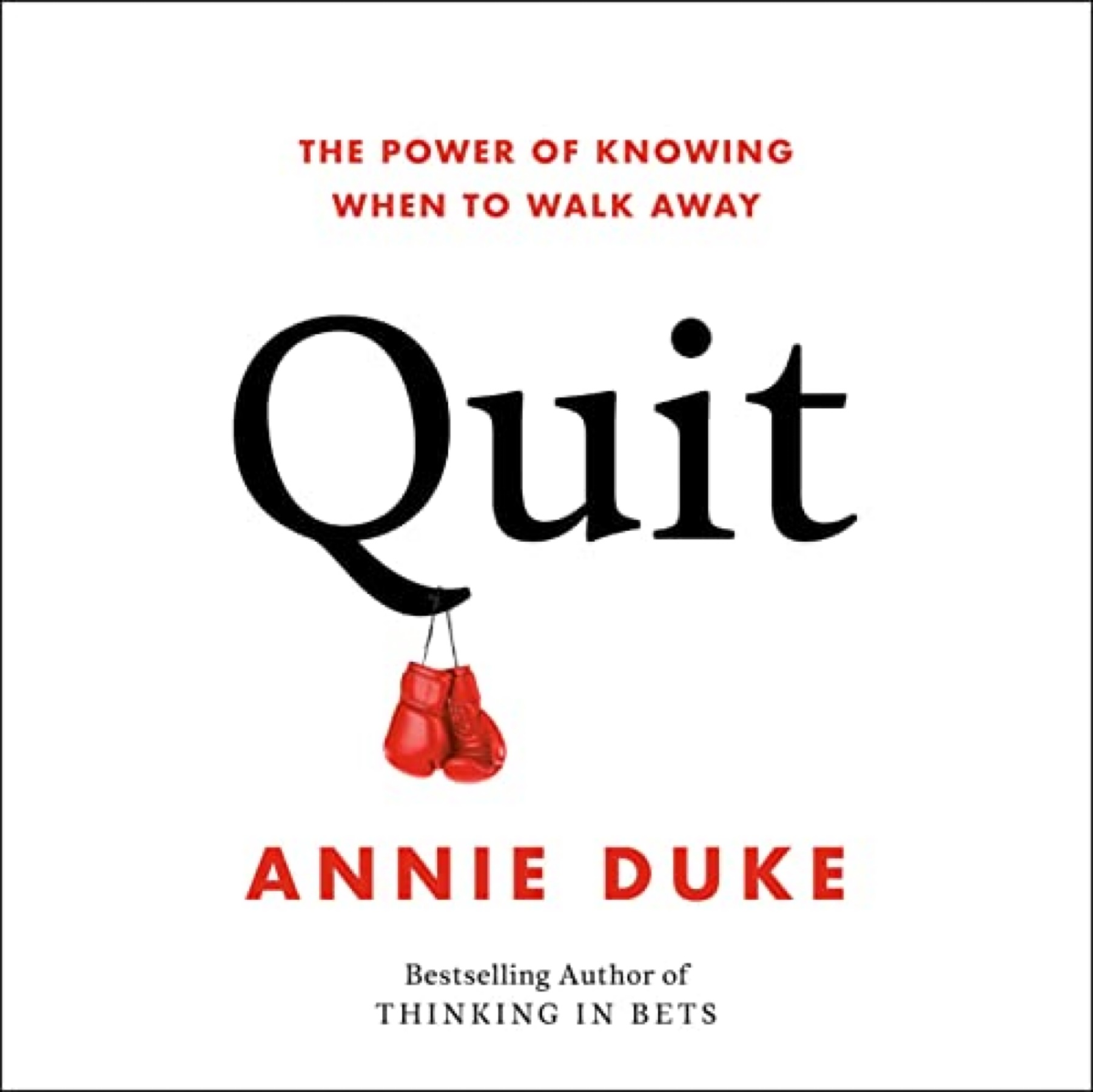
How to Upskill in 2025: 10 In-Demand Skills You Need to Master by Sara William lets you stay ahead in 2025 with these 10 in-demand skills. From AI literacy and digital marketing to emotional intelligence and green skills, learn how to upskill efficiently—no degree required. Start future-proofing your career today.
Are you thinking about upskilling this year? Good move. Whether you’re chasing a promotion, switching careers, or just trying to stay ahead of the curve, 2025 is the perfect time to level up. The world’s moving faster than ever, and if you’re not learning you’re falling behind.
But don’t worry. Upskilling doesn’t mean you have to quit your job or spend thousands on a fancy degree. Nope. With the right mindset (and the right skills), you can make serious progress from your couch, your lunch break, or even that endless wait at the airport gate.
Let’s talk about the 10 hottest skills you need to master in 2025-and how to actually go about learning them.
1. AI Literacy (Don’t Let the Robots Leave You Behind)
You’ve heard it everywhere: AI is taking over. But here’s the thing, it’s not taking your job. The person who knows how to use AI is.
From ChatGPT to image generators to complex automation tools, AI is now in marketing, healthcare, design, education, you name it. Whether you’re a teacher, marketer, or project manager, understanding how AI works (and how to use it smartly) will give you a major edge.
How to learn it:
Take a course like “AI For Everyone” by Andrew Ng (Coursera).
Play around with tools like ChatGPT (wink) or Midjourney.
Learn the basics of prompt engineering and automation.
Read up on AI ethics-because being responsible matters too.
Pro tip: Don’t just use AI. Understand it. Even a surface-level grasp of how it works can make you look like a rockstar in meetings.
2. Digital Marketing (Because Attention = Currency)
We’re all scrolling Instagram, TikTok, YouTube, LinkedIn. Brands know this. That’s why digital marketing is booming. If you can create content, run ads, or grow an online community, you’re golden.
Even better? You don’t need to work in marketing to benefit from this. Maybe you’re a freelancer who wants more clients. Or maybe you run a side hustle. Either way, marketing helps.
What to learn:
SEO and content writing
Email marketing (think Mailchimp or Klaviyo)Paid ads (Facebook Ads, Google Ads, etc.)
Social media strategy and analytics
How to learn:
Google Digital Garage (free and solid)
HubSpot Academy (certifications included)
Follow marketers like Neil Patel or Alex Hormozi
Quick note: If you’re posting but not converting, you’re not marketing you’re just sharing.
3. Data Analysis (The New Business Superpower)
Companies love numbers. But what do they really love? People who can make sense of those numbers.
That’s why data analysis is such a hot skill right now. You don’t have to be a math genius or wear a lab coat. If you can work with tools like Excel, Tableau, or even Google Sheets to pull insights from data you’re already ahead of the pack.
Start with:
Excel/Google Sheets (master those formulas!)
SQL (it’s easier than it looks)
Power BI or Tableau for data visualization
Free places to learn:
DataCamp (has beginner tracks)
Khan Academy (great for stats basics)
YouTube (look up “Excel dashboards” and prepare to geek out)
Why it matters: Data tells stories. If you can tell the right story, people will listen (and pay you well for it).

4. Cybersecurity Awareness (Be the Human Firewall)
Let’s be honest, cyber attacks are getting sneaky. It’s not just the IT guys who need to know this stuff anymore.
Whether you’re working remotely, handling customer data, or just want to protect your own digital life, basic cybersecurity know-how is a must-have in 2025.
Things to focus on:
Recognizing phishing emails
Using secure passwords and 2FA
Understanding how data is stored and shared
VPNs, firewalls, and encryption basics
Learn from:
Google’s “Cybersecurity for Beginners” (free)
IBM’s Cybersecurity Basics (Coursera)
TryHackMe (hands-on learning, fun too!)
Extra tip: Want to impress your boss? Help your team avoid the next cyber mess.

5. Emotional Intelligence (EQ > IQ in Most Jobs)
AI can write code, create content, and answer questions, but you know what it still can’t do? Handle people. That’s where emotional intelligence comes in.
In 2025, soft skills are hard currency. Teams that communicate well, navigate conflict, and build trust win. And the best part? You can improve your EQ with practice.
Work on:
Active listening
Giving/receiving feedback
Managing stress and staying calm under pressure
Reading the room (aka social awareness)
How to improve:
Read “Emotional Intelligence” by Daniel Goleman
Try mindfulness apps like Headspace or Calm
Ask a trusted friend for feedback on how you handle conflict
Remember: Being technically skilled is great. Being emotionally skilled? Game-changer.
6. Remote Collaboration Tools (Work From Anywhere Like a Pro)
The remote/hybrid work trend isn’t going anywhere. And while working in pajamas is awesome, being effective remotely takes skill.
Knowing how to use collaboration tools, manage your own time, and stay productive without someone watching over your shoulder, that’s what companies want now.
Tools to master:
Slack
Zoom (use the shortcuts, thank me later)
Trello, Asana, or Notion for project management
Google Workspace (Docs, Sheets, Calendar)
What to learn:
How to lead virtual meetings
Time-blocking and calendar management
Writing clear, concise messages (no more 10-paragraph emails)
Truth bomb: Remote workers who communicate well get promoted faster. Silence isn’t golden, it’s confusing.

7. UX Design Thinking (The User Is Everything)
Good design isn’t just about looking pretty, it’s about making things work for the user. That’s what UX (user experience) is all about.
And no, you don’t have to be a designer to use UX principles. Product managers, marketers, developers even HR teams can benefit from understanding how people interact with tech.
Core concepts to know:
User personas
Customer journey maps
Wireframing and prototyping
Usability testing
Where to start:
Google UX Design Certificate (Coursera)
Learn Figma basics (tons of free tutorials)
Follow UX creators on LinkedIn or YouTube
Why it matters: People won’t use your product if it frustrates them. Great UX = loyalty + trust.
8. Financial Literacy (So You Don’t Just Make Money—You Keep It)
Real talk: you can upskill all you want, but if you don’t understand your money, it’ll vanish before payday.
In 2025, being financially smart isn’t just about budgeting, it’s about investing, understanding taxes, planning for the future, and knowing your worth.
Learn about:
Budgeting apps (YNAB, Mint, etc.)
How taxes work (seriously, it matters)
Investing basics (ETFs, index funds, etc.)
Retirement planning (even if you’re 25!)
Best places to learn:
YouTube channels like Graham Stephan or The Financial Diet
“I Will Teach You to Be Rich” by Ramit Sethi (book and Netflix show)
Podcasts like “Planet Money” or “BiggerPockets”
Bonus: Financial freedom means you get to choose your work-not be stuck in it.
9. Green Skills (Because the Planet’s Part of the Plan)
Sustainability isn’t just a buzzword anymore, it’s a career path. More companies are investing in eco-friendly operations, and that means there’s demand for people who know how to think green.
Whether you’re in construction, fashion, tech, or agriculture-understanding sustainable practices makes you more valuable.
Examples of green skills:
Energy efficiency planning
Carbon accounting
Sustainable sourcing
Environmental policy and regulation knowledge
Learn with:
LinkedIn Learning (search “sustainability”)
edX courses from MIT or Harvard
Follow companies like Sanitairllc that focus on clean, efficient tech
Heads-up: Green skills aren’t just for “green jobs.” They’re becoming part of every job.
10. Creative Thinking (Your Edge in a Robotic World)
Here’s the truth: automation is fast, smart, and tireless, but it’s not creative. Your imagination, your unique ideas, your out-of-the-box thinking? That’s your unfair advantage.
Creativity helps you solve problems, design new products, write compelling copy, or even pitch better ideas in meetings. In 2025, creative thinkers aren’t “nice to have” they’re essential.
To boost your creativity:
Take improv or storytelling classes
Try journaling or mind-mapping
Set constraints (they weirdly help your brain think better)
Collaborate with people outside your usual bubble
Fun idea: Do something new every week. New experiences = new neural pathways.
Quickfire Tips to Start Upskilling Today
Let’s wrap with some rapid-fire advice to help you actually start (because we all know that’s the hard part):
✅ Pick one skill to start. Don’t overwhelm yourself.
✅ Block off 30 minutes a day-habit > intensity.
✅ Share what you learn online. Build your brand and stay accountable.
✅ Take breaks. Learning burnout is real.
✅ Apply your new skills in real-life scenarios even small ones.
Remember, you don’t need permission to grow. And you don’t need a fancy title to start learning. Upskilling is about taking your future into your own hands and having fun doing it.
Final Thoughts
Alright, friend, here’s the deal. You don’t need to master all 10 of these skills at once. Seriously. Even picking just one and committing to it over the next few months can open doors you didn’t even know existed.
The job market in 2025 is looking for people who are curious, adaptable, and ready to grow. That’s you. Whether it’s learning how to use AI, understanding data, or brushing up on your emotional intelligence these skills aren’t just trendy, they’re timeless.
Sara William is a digital marketing consultant, writer, freelancer, WordPress enthusiast, and coffee lover. Her email is infoguestposters@gmail.com. Also check out her Sanitair website








